201 Stainless Steel Strips Stainless Steel 201 Strip For Building
Features
The nickel in grade 201 is lower than 301 and is replaced with a manganese-nitrogen combination allowing this type to develop high yield and tensile strength in the annealed condition. Although the mechanical and corrosion properties are alike, its general uses do not cover the field of the comparative 300 series. 201 stainless steel strip is nonmagnetic when annealed yet slightly magnetic when cold-worked. Resistance to abrasion is favorable.
201 stainless steel strip is normally limited to nearly flat or shallow drawn products such as automotive trim, builder’s hardware comprised of window and door components, flatware, rapid transit cars and trailers.
Chemical Composition (%)
| Element | Minimum percentage | Maximum percentage |
| C | – | 0.15 |
| Si | – | 0.8 |
| Mn | – | 5.5-7.5 |
| P | – | 0.06 |
| S | – | 0.03 |
| Cr | 16 | 18 |
| Ni | 0.8 | 1.5 |
| Cu | 0.8 | 1.5 |
| N | 0.25 |
Mechanical Properties
| Temper | Tensile Strength | Yield Strength | Elongation | Rockwell | ||
| KSi | MPa | KSi | MPa | in 2 inches % | ||
| 1/2 Hard | 150 | -1034 | 110 | -758 | 10 | C-32 |
| 1/4 Hard | 125 | -862 | 75 | -517 | 20 | C-25 |
| 3/4 Hard | 175 | -1207 | 135 | -931 | 7 | C-37 |
| Annealed | 95 | -655 | 45 | -310 | 40 | B-90 max. |
| Full Hard | 185 | -1276 | 140 | -965 | 5 | C-41 |
Advantages
Stainless steel strips are resistant to acid, alkali, and salt attack and are generally used in high temperature applications.
Stainless steel strip also has high high temperature oxidation resistance, and the oxidation rate of stainless steel strip is also affected by the environment.
The heat transfer coefficient of stainless steel strip is better than other metals with high thermal conductivity.
FAQ
201LN stainless steel was specifically designed for service at lower temperatures. The chemical composition varies slightly to accentuate mechanical properties like toughness and resistance to impact loading, which are critical factors at low temperatures.
Because 201LN stainless steel was specifically designed to provide austenite stability for service at low temperatures, it is often used for applications like pressure vessels, cryogenic, structural, architectural, magnetic and heat resisting components. 201 stainless is more often seen in restaurant equipment, cooking utensils, sinks, automotive trim, and various architectural applications.
Austenitic stainless steel is one of the five classes of stainless steels. The other classes of stainless steel are: ferritic, martensitic, duplex and precipitation hardened. These classes are determined by their crystalline structures.
It is recommended to anneal 201 stainless at 1,850 – 1,950°F (1,010 – 1,066°C). Then, water quench or rapidly air cool.




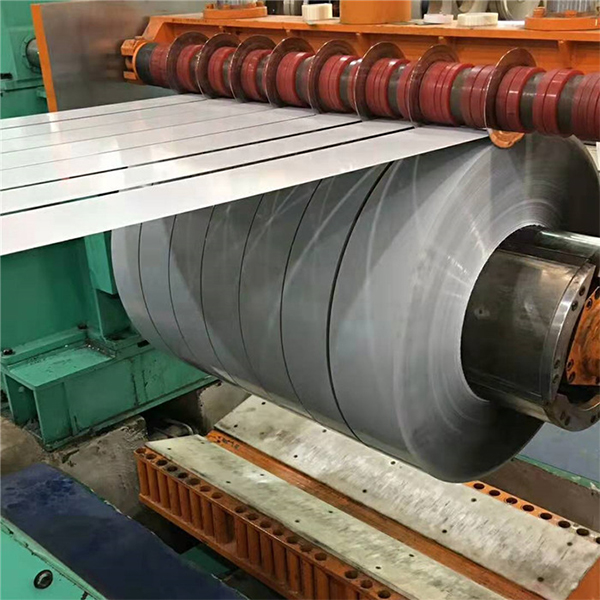
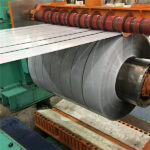
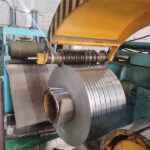
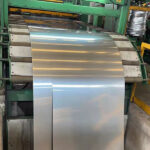
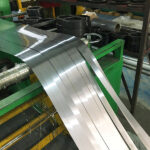
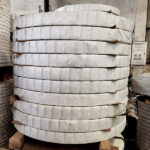

.jpg)
-1.jpg)
-2.jpg)
-2.jpg)
-2.jpg)



